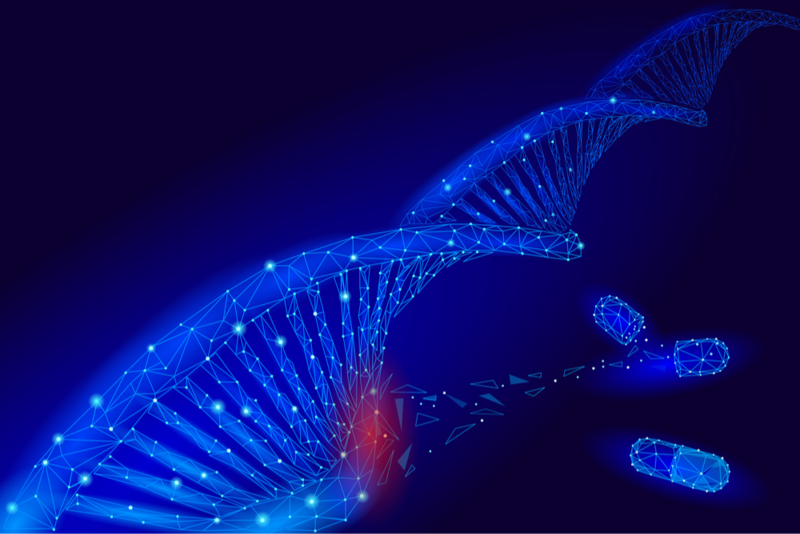Gene therapy could restore hand function after spinal cord injury
IANS Jun 18, 2018
Researchers have tested a new gene therapy that has shown potential to help people with spinal cord injuries to re-learn skilled hand movements.

People with spinal cord injury often lose the ability to perform everyday actions that require coordinated hand movements such as writing, holding a toothbrush or picking up a drink. In the study published in the journal Brain, the researchers tested the new gene therapy on rats for regenerating damaged tissue in the spinal cord that could be switched on and off using a common antibiotic.
"What is exciting about our approach is that we can precisely control how long the therapy is delivered by using a gene 'switch'. This means we can hone in on the optimal amount of time needed for recovery," said Elizabeth Bradbury, Professor at King's College London.
"Gene therapy provides a way of treating large areas of the spinal cord with only one injection, and with the switch we can now turn the gene off when it is no longer needed," she added. After a traumatic spinal injury, dense scar tissue forms which prevents new connections being made between nerve cells. The gene therapy causes cells to produce an enzyme called chondroitinase which can break down the scar tissue and allow networks of nerve cells to regenerate.
The researchers gave the gene therapy to rats with spinal injuries that closely mimicked the kind of human spinal injuries that occur after traumatic impacts such as car crashes or falls. "We found that when the gene therapy was switched on for two months the rats were able to accurately reach and grasp sugar pellets," explained Emily Burnside from King's College London. "We also found a dramatic increase in activity in the spinal cord of the rats, suggesting that new connections had been made in the networks of nerve cells," she noted.
However, the researchers had to overcome a problem with the immune system recognising and removing the gene switch mechanism. To get around this, they added a "stealth gene" which hides the gene switch from the immune system. The gene therapy is not yet ready for human trials, the researchers said.
-
Exclusive Write-ups & Webinars by KOLs
-
Daily Quiz by specialty
-
Paid Market Research Surveys
-
Case discussions, News & Journals' summaries